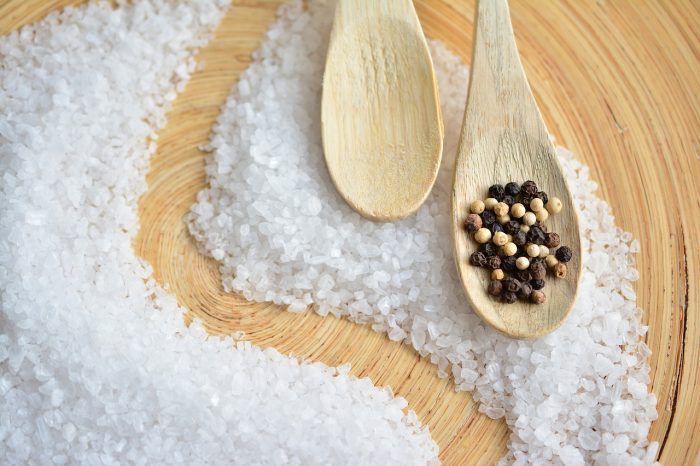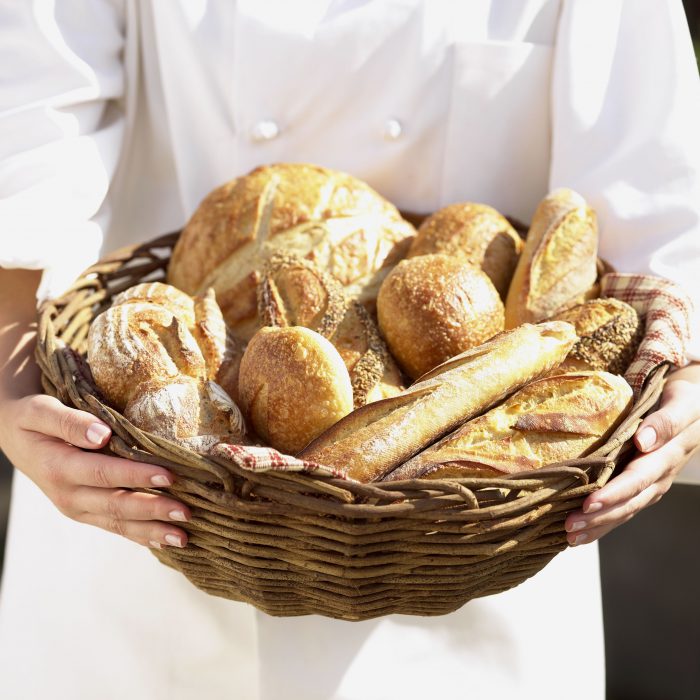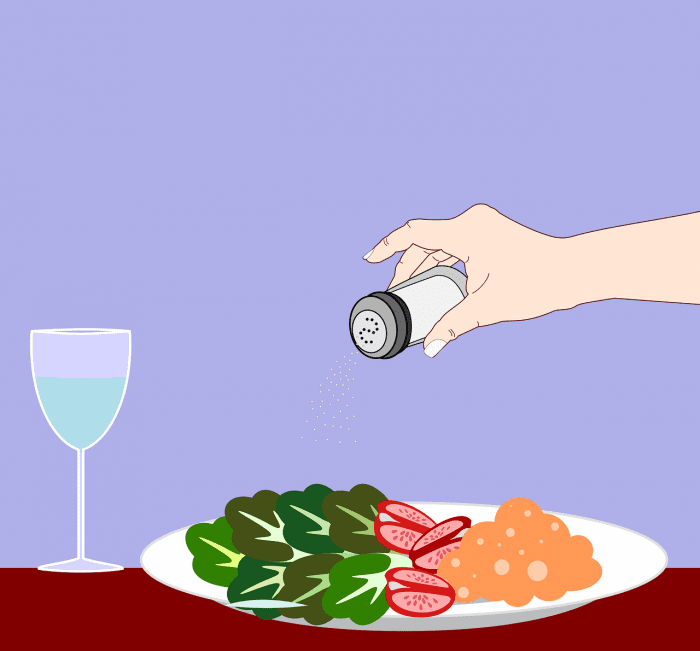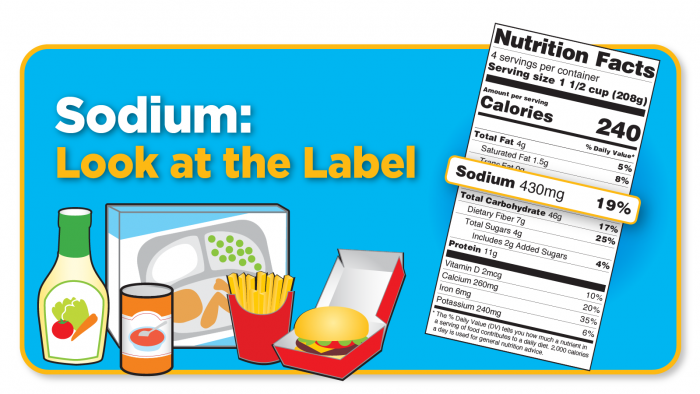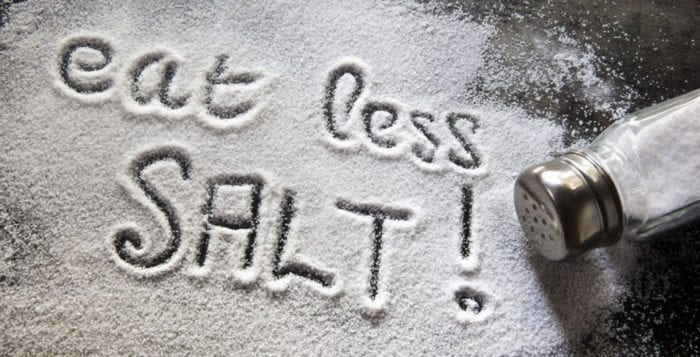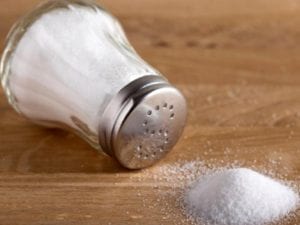By David Dunaief, M.D.

Sodium and high blood pressure are often linked in our minds. But what if we don’t have high blood pressure? Does our salt intake matter? According to the Centers for Disease Control and Prevention, about 90 percent of Americans consume too much sodium – and it’s not just about our risk for high blood pressure (1).
Why does sodium matter?
Of course, excessive sodium in our diets increases our risk of high blood pressure (hypertension), which has consequences like stroke and heart disease.
Now comes the interesting part. Even if we don’t have high blood pressure, sodium can impact our kidney function. In the Nurses’ Health Study, approximately 3,200 women were evaluated in terms of kidney function, looking at the estimated glomerular filtration rate (GFR) as related to sodium intake (2). Over 14 years, those with a daily sodium intake of 2,300 mg had a much greater chance of a 30 percent or more reduction in kidney function when compared to those who consumed 1,700 mg per day.
Kidneys are an important part of our systems for removing toxins and waste. They are also where many initial high blood pressure medications work, including ACE inhibitors, such as lisinopril; ARBs, such as Diovan or Cozaar; and diuretics (water pills). If the kidney loses function, it can be harder to treat high blood pressure. Worse, it could lead to chronic kidney disease and dialysis. Once someone has reached dialysis, most blood pressure medications are not very effective.
How much sodium is too much?
Interestingly, the current recommended maximum sodium intake is 2,300 mg per day, or one teaspoon. If you’ve been paying attention, you’ve probably noticed that’s the same level that led to negative effects in the study. However, Americans’ average intake is 3,400 mg a day (1).
If we reduced our consumption by even a modest 20 percent, we could reduce the incidence of heart disease dramatically. Current recommendations from the American Heart Association indicate an upper limit of 2,300 mg per day, with an “ideal” limit of no more than 1,500 mg per day (3).
Where we get most of our sodium
Most of our sodium intake comes from processed foods, packaged foods and restaurants, not the saltshaker at home. There is nothing wrong with eating out or ordering in on occasion, but you can’t control how much salt goes into your food. My wife is a great barometer of restaurant salt use. If food from the night before was salty, she complains that her clothes and rings are tight.
Do you want to lose 5 to 10 pounds quickly? Decrease your salt intake. Excess sodium causes the body to retain fluids.
One approach is to choose products that have 200 mg or fewer per serving indicated on the label. Foods labeled “low sodium” have fewer than 140 mg of sodium, but foods labeled “reduced sodium” have 25 percent less than the full-sodium version, which doesn’t necessarily mean much. Soy sauce has 1,000 mg of sodium per tablespoon, but low-sodium soy sauce still has about 600 mg per tablespoon.
Salad dressings and other condiments, where serving sizes are small, add up very quickly. Mustard has 120 mg per teaspoon. Most of us use far more than one teaspoon of mustard. Make sure to read the labels on all packaged foods and sauces very carefully, checking for sodium and for serving size.
Breads and rolls are another hidden source. Most contain a decent amount of sodium. I have seen a single slice of whole wheat bread include up to 200 mg. of sodium. That’s one slice.
Soups are also notoriously high in sodium. There are a few packaged soups on the market that have no sodium, such as some Health Valley soups. You can use these and add your own seasonings. Restaurant soups are a definite “no.”
If you are working to decrease your sodium intake, become an avid label reader. Sodium hides in all kinds of foods that don’t necessarily taste salty, such as cheeses, sweet sauces and salad dressings. I recommend putting all sauces and dressings on the side, so you can control how much — if any — you choose to use.
Is sea salt better than table salt?
Are fancy sea salts better than table salt? High amounts of salt are harmful, and the type is not important. The only difference between them is slight taste and texture variation. I recommend not buying either. In addition to causing health issues, salt tends to dampen your taste buds, masking the flavors of food.
As you reduce your sodium intake, you might be surprised at how quickly your taste buds adjust. In just a few weeks, foods you previously thought didn’t taste salty will seem overwhelmingly so, and you will notice new flavors in unsalted foods.
When seasoning your food at home, use salt-free seasonings, like Trader Joe’s 21 Seasoning Salute or, if you prefer a salty taste, use a salt substitute, like Benson’s Table Tasty.
References:
(1) cdc.gov. (2) Clin J Am Soc Nephrol. 2010;5:836-843. (3) heart.org.
Dr. David Dunaief is a speaker, author and local lifestyle medicine physician focusing on the integration of medicine, nutrition, fitness and stress management. For further information, visit www.medicalcompassmd.com or consult your personal physician.

